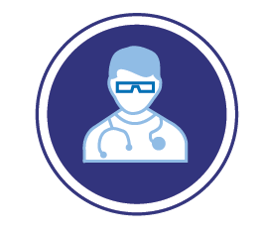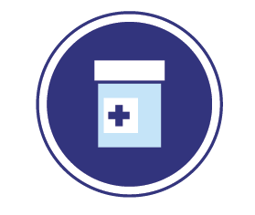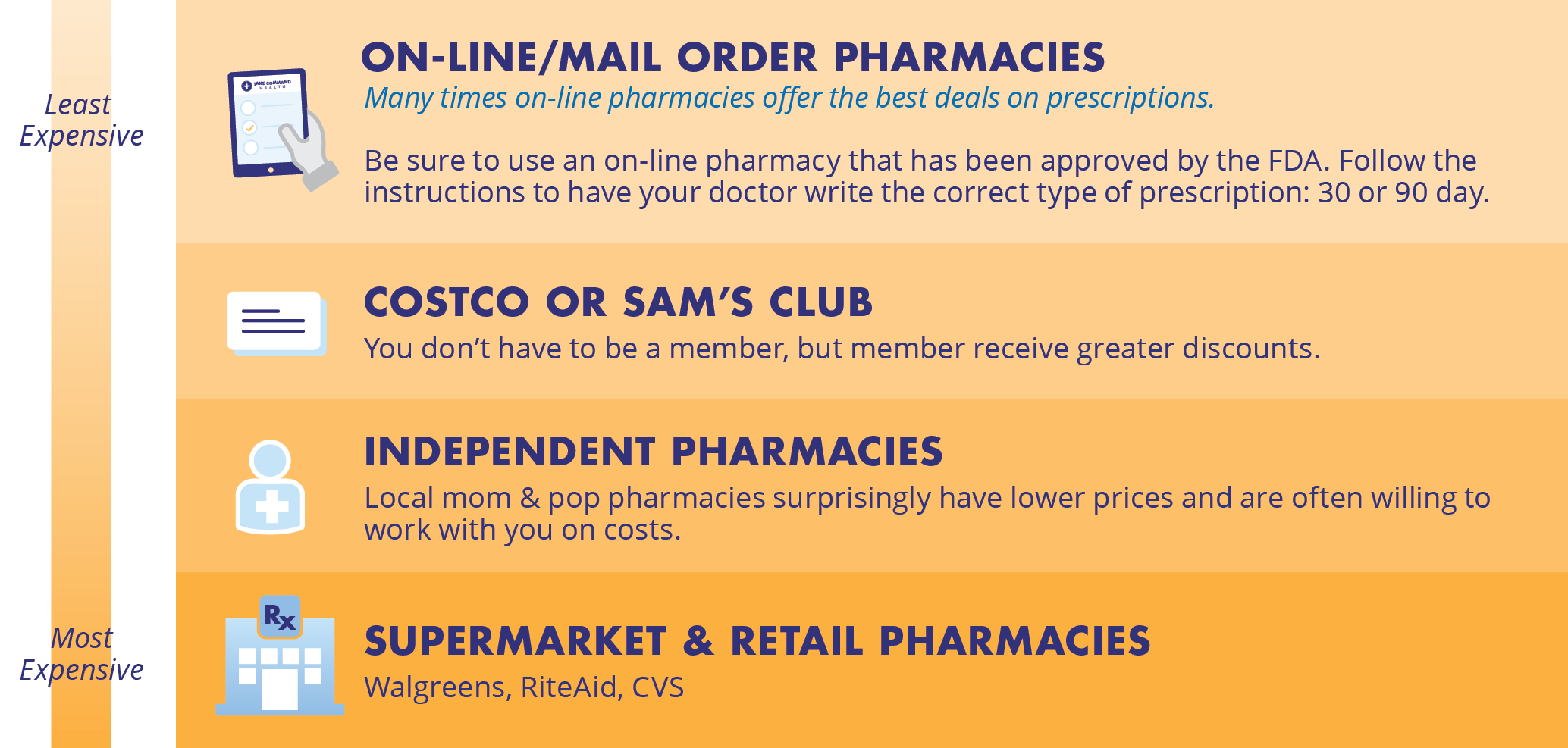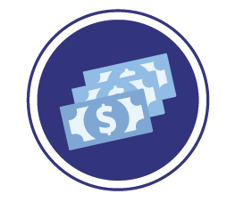What do you do when you are given a prescription from your doctor? Most of us have an internal dialogue at play: where can I get this medication filled for the least amount of money? And where can I get this medication filled in the least amount of time? Depending on the day, the passengers in your car, the acuity of the condition for which you take medication and your bank account, one question usually wins over the others.
These days, I’m hauling around two toddlers while I’m dying from some disease they have so kindly passed along. Two words define what wins my internal debate: drive through! No way I want to unload darling dueling tantrums and face the public hacking up a lung.
Brittany Hooper of Dallas, Texas learned last week how resisting that convenient drive through saved her $70. A mother of three, Brittany has learned to be savvy in how she shops, and prescription drugs are no exception. When her boys got sick last week the doctor prescribed two medications. Brittany did some research to find that she could save money by using a discount coupon rather than her insurance plan. Let's learn from Brittany about how to save money by asking your doctor and pharmacist a few easy questions.

 1. What to ask
1. What to ask
Ask your doctor:
Is a generic available for this medication?
You mean I can ask my doctor about the medication I am taking? Yes! You aren’t questioning the doctor, you are just being an advocate for your health and your wallet! With a few exceptions, many generic medications are just as effective as the brand name. If a generic is available, you may be able to get it for as little as $4 if paying with cash.
Can I get a 90 day supply?
If you know you will be on a medication for a long time, opt for a 90 day supply and save. A client shared with us that when she realized she was going to be on her blood pressure pill for the long haul, she could get a three month (90 day) supply of her medication for the cost of two 30 day supplies. That means, she saved $15 every time she filled her medication and she cut back on trips to the pharmacy. Sounds like she is lowering her blood pressure in more ways than one!
Ask your pharmacist:
Is this the lowest cost I can get this drug?
As we read above, Brittany Hooper saved $70 using a coupon and paying cash instead of using insurance. If you have insurance, pharmacists automatically run a medication through your insurance and charge you the associated cost for the medication tier. But low-cost generics might only cost $4 if you don’t pay with insurance. If you choose to pay cash instead of going through your insurance, you could be saving money.
Also to note, some medications will be less expensive if you use your insurance rather than buying over the counter. We go through nose spray in our family like it’s going out of style. Flonase, or fluticasone propionate, is a steroid nasal spray that can now be purchased over the counter without a prescription. My husband just learned that buying Flonase over the counter would cost $30. He called his doctor to see if he could get a prescription for Flonase and only paid $15. He saved 50% by comparing costs and asking questions.
 2. Where to go
2. Where to go
A recent study conducted by Consumer Report National Research Initiative shows just how much some pharmacies charge over another for routine medications. A patient recently told me that one of her daily medications rose in price to $250 this year at her retail pharmacy. After researching, she realized she could get the medication through a mail order pharmacy for only $30. On-line and mail order pharmacies can save you a lot of money; just be sure you are still getting legitimate medication by finding one certified by the National Association of Boards of Pharmacy. Look here to find certified on line pharmacies. Below you can see a broad general overview of pharmacy costs:

 3. How to Pay
3. How to Pay
When you buy prescription medications, you are either using your insurance or paying out of pocket. Your insurance company classifies medications into tiers, or price levels depending on the drug. That is why one medication might cost $15 and another $45 even though you have the same insurance and are getting the same number of pills. When you have insurance, every time you pay for a medication using your insurance, the money spent is counted towards your out of pocket maximum.
If you don’t have insurance you are paying for medications out of pocket. Check out these discount drug programs to help offset costs.
Did you know that you can purchase some medications at a lower cost by not using your insurance? Many generic forms of common medications cost $4, but when your pharmacist runs the medication through your insurance, you are charged a tier one co-payment ($10, $15 or $20).
 Take Command Health knows how challenging it can be to find the lowest cost on your prescriptions, so we are working on putting together an easy and accessible prescription savings program. Stay tuned for more information about how to save money on your medications.
Take Command Health knows how challenging it can be to find the lowest cost on your prescriptions, so we are working on putting together an easy and accessible prescription savings program. Stay tuned for more information about how to save money on your medications.
[Formstack id=2165578 viewkey=XfqHapyPRq]
Let's talk through your HRA questions
I wrote this blog because I care about ideas (big and little) that can help fix our healthcare system. I used to work on projects for Kaiser Permanente and the Parkland Health & Hospital System so I've seen the system inside and out. It's so important that consumers keep up with industry shifts and changing health insurance regulations. I'm also Take Command Health's Content Editor and a busy mom. Learn more about me and connect with me on our about us page. Thanks!


